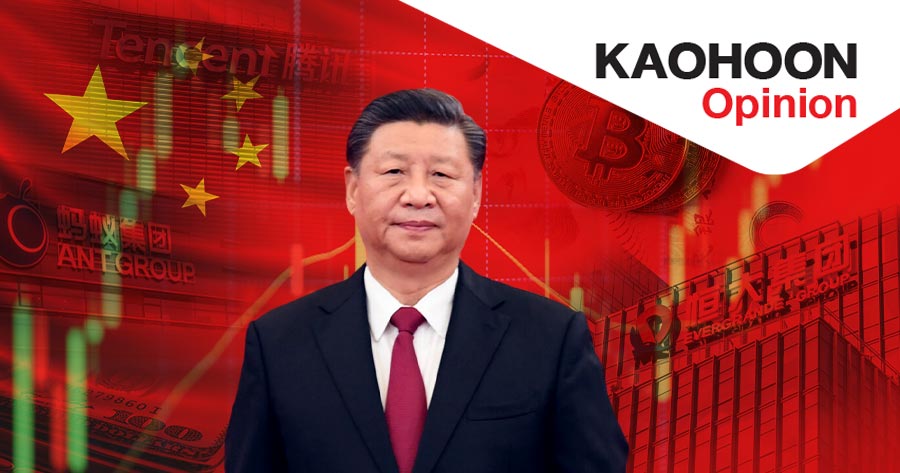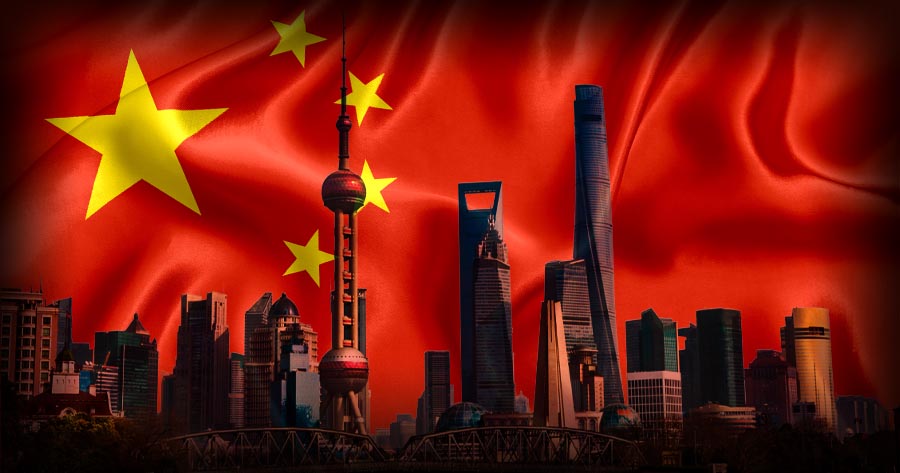Overview on China’s Current Situation
The Chinese government’s recent actions to regulate China’s biggest technological companies, as well as companies across different sectors, became a pressing concern for investors globally resulting in spiked volatility in equity markets primarily in the US, Hong Kong and China. Shares of tech companies in Hang Seng index plunged approximately 40% also CSI 300 index dropped 7-8% amid the Chinese government crackdown industry-wide.
The question remains what is pursuing the government to take such a comprehensive crackdown under President Xi Jingping’s vision of “common prosperity”.
What is driving the recent regulatory tightening?
The first object is ensuring consumer data protection what is currently under little regulation being taken advantage of by giant corporations. Didi Chuxing (which operates passenger transportation platforms and other application-based services) has 90% market share in China’s ride-sharing market. Didi’s application was delisted from Chinese app stores two days after its listing in Nasdaq. Reportedly Didi possesses more consumer data than Alibaba and Tencent combined.
Chinese government’s action could be interpreted as not allowing such a massive size of sensitive data to slip into the hands of foreigners after Didi’s listing. Such a massive scale of data and its sensitivity could be compared to gold in the 20th century.
The other objective of the government is to limit monopolistic behavior by few tech giants in the country and spur the growth of small companies. Big tech giants like Alibaba were fined subjected to being a monopoly as well as Tencent for violating customer’s privacy. This action showcases the Chinese government’s effort to ensure fair competition and engraving good corporate citizenship as the backbone of Chinese companies rather than to limit their growth.
In a separate case, Meituan (food delivery business) was also accused of an unreliable algorithm in its system which took advantage of driver’s wages.
Chinese authorities also cracked down on the profit motive of tutoring schools in the country. The ambition is to turn them into non-profit making entities.
Common prosperity goal also includes ensuring financial stability in the country since the government does not want a crisis in the financial system to limit economic growth. Cancellation of Ant Group IPO can be drawn as an example since the scale of Ant Group could lead to an un-systemic risk to the banking sector through aggressive micro-lending by Ant Group.
What “common prosperity” goals government is pursuing?
The initiative announced by Xi Jinping last month aims to create a more even distribution of wealth.
The primary rationale for this regulation for the Chinese government is to meet its national and overall socio-economic objectives aligned with the long-term goal of the government to promote productive economic growth and to drive the economy to reach the next level.
First, the government’s initiatives mimic the German industrialization model flow investment into the tech hardware sector (semi-conductor, Industry5.0) which will be the area for fundamental growth in the Chinese tech sector.
Next is the country wants to be more independent from the influence of the US on Chinese companies. The future plan includes Chinese companies being listed in the Hong Kong exchange rather than on the US exchanges.
Importantly when President Xi talks about “Common Prosperity” he primarily refers to productive income growth (high-income country) with a narrower income inequality gap (Rugby income distribution). The direction he tries to convey to Chinese people is that from now on the country will not grow quantitatively rather qualitatively. The regulations passed on to Chinese companies show that Government is not primarily concerned with achieving sustainable economic growth.
Interestingly the new policy aims to change the social structure from a pyramid to a rugby shape which has the widest area in the middle as they want to double the mid-income size from a total 1,400 million population- increase mid-income population size from 400 million to 800 million by 2035. This is to strengthening domestic consumption and be self-reliant.
Lastly, although the Chinese GDP during the pandemic has just grown by 6% but continued growth at this rate will surpass the size of the US economy in 15 years.
Outlook on investing in China
China’s handling of the COVID-19 pandemic and how the country managed to bring the infection under in a relatively short period than any other country in the world, shows China’s disciplined approach dealing with both socio and economic policy.
Currently the Chinese stock market underperforms emerging market. Regulatory risk negatively impacted some sectors but also has positive impact on some. It is notable to mention Chinese authorities although restructured some big sectors however left emerging sectors like healthcare, automation and green energy to grow on its own.
In terms of long-term investment this is the chance to buy on dip for A class shares suitable for those who see the potential on China for long term growth as well as in the future to step up to become the world’s largest economy in the world in term of GDP. Investment in industry that even has been regulated with strong fundamentals would give lucrative return.
Short-term investment should get focus on consumer sector but not across the board market sector. Moreover, investors should follow the government’s upcoming policies carefully as to which would signal rebalancing portfolio away from sectors affected by upcoming policies.
On the other hand, risk-averse investor should wait and see as volatility is still high although there attractive undervalued investments (H-shares/ADR) as the government continually regulate these companies. It is better to start investing when there is a clear sign from the government and allocate more positions in megatrends or in sectors that are excluded from the regulatory risk.
The writer of the editorial is Chareeya Prommajuk, works as a private wealth manager at a prominent financial institution in Thailand. She closely follows the Chinese capital market and has years of experience advising on investments in China





